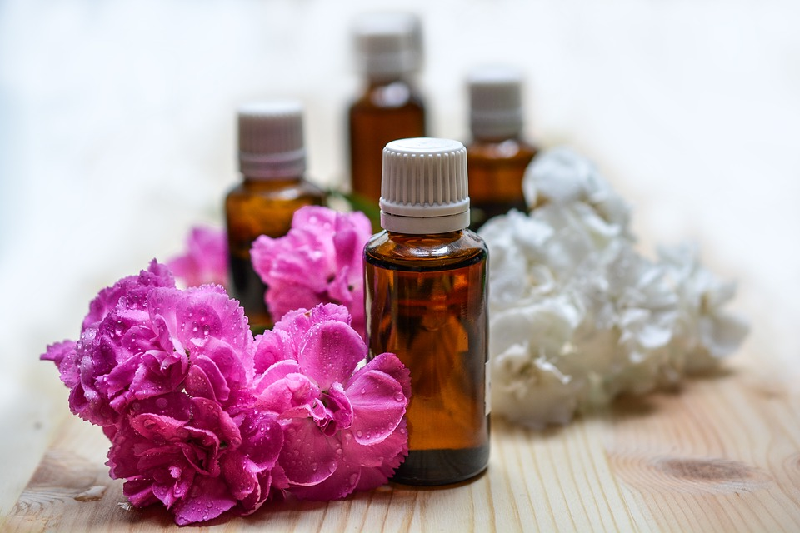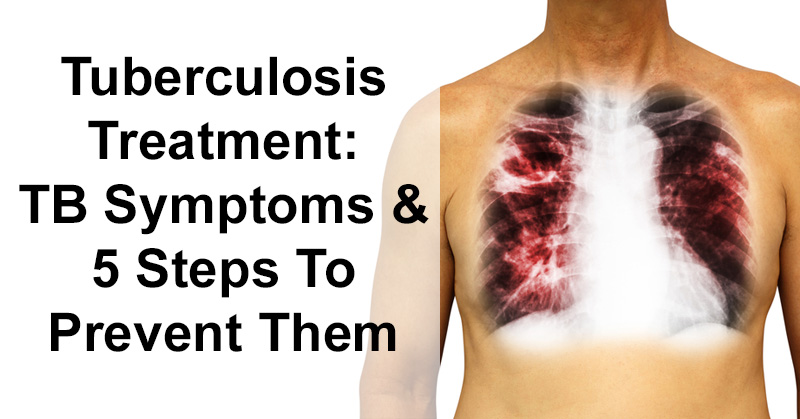Tuberculosis, or TB, is an infectious disease that mainly affects your lungs. (1) It’s potentially serious and the treatment is rigorous; the antibiotics used as tuberculosis treatment most often need to be taken from six to nine months. Sometimes treatment is ineffective as a result of antibiotic resistance. TB symptoms include coughing, which may produce blood, fatigue, and unintentional weight loss. (2)
You do not, however, have to exhibit TB symptoms to harbor the bacteria that causes the illness. This is called latent TB, also called inactive TB or TB infection. It isn’t contagious, though it can turn into active TB. Therefore, in this case, tuberculosis treatment is still imperative to prevent the spread of the disease.
Active TB, on the other hand, makes you sick and can spread to others. It may occur in the first few weeks after infection, or it may occur years later.
Active TB symptoms include: (3)
- Coughing that lasts three or more weeks
- Coughing up blood
- Chest pain, or pain with breathing or coughing
- Unintentional weight loss
- Fatigue
- Fever
- Night sweats
- Chills
- Loss of appetite
Tuberculosis can also occur outside your lungs, resulting in other and varying TB symptoms. For example, tuberculosis of the spine may give you back pain, whereas tuberculosis in your kidneys may lead to blood in your urine.
According to the University of Maryland Medical Center, you should never treat TB with alternative therapies alone. (4) However, as supplementary tuberculosis treatment, consider trying the following at-home remedies and preventative measures.
Here are 5 steps to take as part of a tuberculosis treatment and prevention plan:
1. Vitamin D

Two studies in particular have linked vitamin D to the tuberculosis treatment and prevention, with successful results. The first study, published in the journal Science, found a direct link between levels of vitamin D and resistance to tuberculosis. The researchers discovered that African American individuals known to have more of a susceptibility to TB also had lower levels of vitamin D. Additionally, they found that vitamin D seems to play an important role in fighting off bacteria that causes diseases like TB. (5)
The second study examined 67 pulmonary tuberculosis patients who received a vitamin D treatment or a placebo. Those who took vitamin D showed improvement in their exams compared to the non-vitamin D group. (6)
Take vitamin D supplements, eat vitamin D-rich foods, and spent more time outdoors to increase your intake.
2. Essential Oils

As there is a continued resistance against treatments for TB, alternative treatments should be explored. There are three essential oils that were evaluated in a 2011 study, all of which showed potential in fighting TB. The oils in the study were Salvia aratocensis, Turnera diffusa(Damiana) and Lippia Americana, wth Salvia aratocensis being the most effective of the three. (7)
Furthermore, eucalyptus and lemon eucalyptus essential oils have shown effectiveness in fighting TB. Diffusing these oils may help stop the spreading of TB as well. Research from 2014 sought new ways to manage TB, with particular regard to the rise of antibiotic resistance. They found lemon eucalyptus contains anti-TB components and is likely useful for inhalation therapy to reduce the number of contagious TB patients as well as reduce the spread of TB. (8)
3. Adaptogenic Herbs
Rhodiola, astragalus and other adaptogenic herbs can help balance, restore, and protect the body. In particular, astragalus may be helpful in treating TB.
Take 250 to 500 milligrams of a standardized astragalus extract three to four times daily. To support your immune system, take 150 to 300 miligrams of a standardized rhodiola extract, one to three times daily. (9)
4. Probiotics
Probiotics are key in prevention of TB, and can help improve TB symptoms as well. Not only do probiotics boost your immunity, they replenish the good bacteria in your gut killed off by antibiotics. Take a probiotic supplement or eat foods rich in it, such as kefir or sauerkraut.
5. Dietary Recommendations

The University of Maryland Medical Center recommends the following tips to help reduce TB risk and TB symptoms: (10)
- Eliminate food allergens
- Make sure you’re eating foods high in B-vitamins as well as iron-rich foods
- Get plenty of antioxidants in your diet. For example, fruits, vegetables and green tea are great sources.
- Stay away from sources of trans-fatty acids in your diet, such as fast food and processed foods
- Avoid refined foods such as white breads, white rice, pasta and refined sugar
- Avoid coffee, alcohol and tobacco products
- Keep caffeine intake low. If you’re going to consume it, choose high quality organic caffeine sources.
Final Thoughts
Following these tips can help you prevent and treat infectious diseases like tuberculosis. Furthermore, doing what you can to avoid getting sick in the first place can save you from having to take antibiotics, which harms the good bacteria your gut needs in order to function properly.


